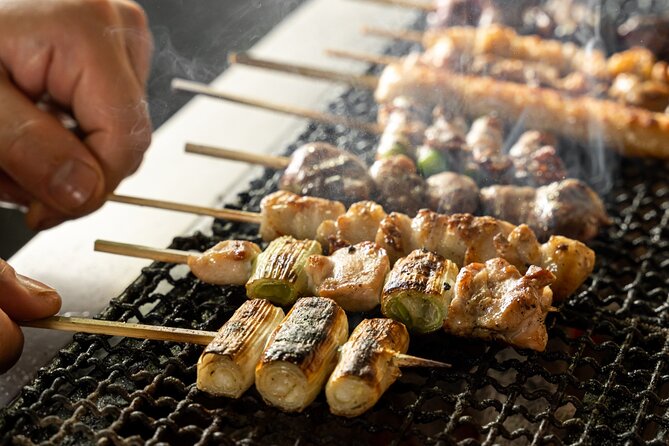Chanko Nabe is a traditional Japanese dish that is often associated with sumo wrestlers. It is a hot pot dish that is made with ingredients, including meat, fish, vegetables, and tofu.

Key Takeaways
- Traditional Japanese hot pot dish that for sumo wrestlers.
- Includes meat, fish, vegetables, and tofu.
- CKnown for its hearty and filling nature
- Consumed in large quantities by sumo wrestlers to help them gain weight and build muscle.
- Served in a large pot in the center of the table
The dish is known for its hearty and filling nature, and it is often consumed by sumo wrestlers in large quantities to help them gain weight and build muscle.
Despite its association with sumo wrestlers, Chanko Nabe has become popular with us normal, non-supersized folk too.
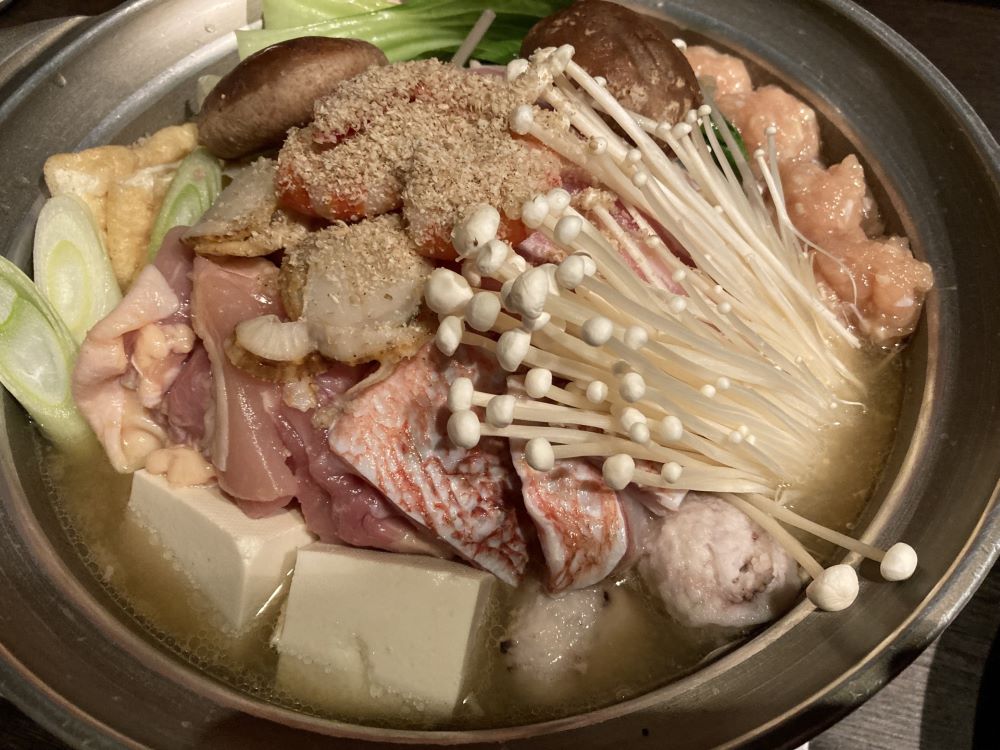
Many restaurants in Japan now specialize in the dish, and it is also commonly made at home for special occasions or family gatherings. The dish is not only delicious, but it is also a fun and interactive way to share a meal with friends and family.
History of Chanko Nabe
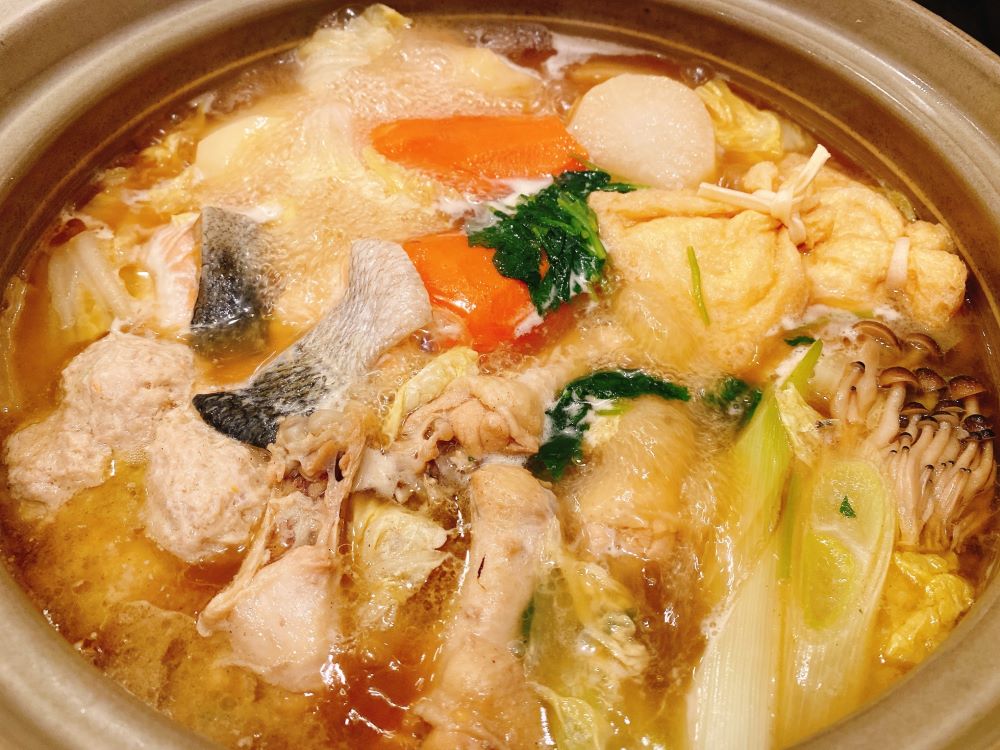
Chanko Nabe is a traditional Japanese dish that has been enjoyed by sumo wrestlers for centuries. The dish is a hot pot typically made with chicken or fish broth, and filled with meats, vegetables, and tofu. It is a hearty and nutritious meal that is perfect for athletes who need to maintain their weight and strength.
The origins of Chanko Nabe can be traced back to the Edo period (1603-1868), when sumo wrestling first became popular in Japan. Sumo wrestlers needed to consume large amounts of food to maintain their weight and strength, and Chanko Nabe was the perfect solution. The dish was easy to make, and could be customized to suit the individual tastes of each wrestler.
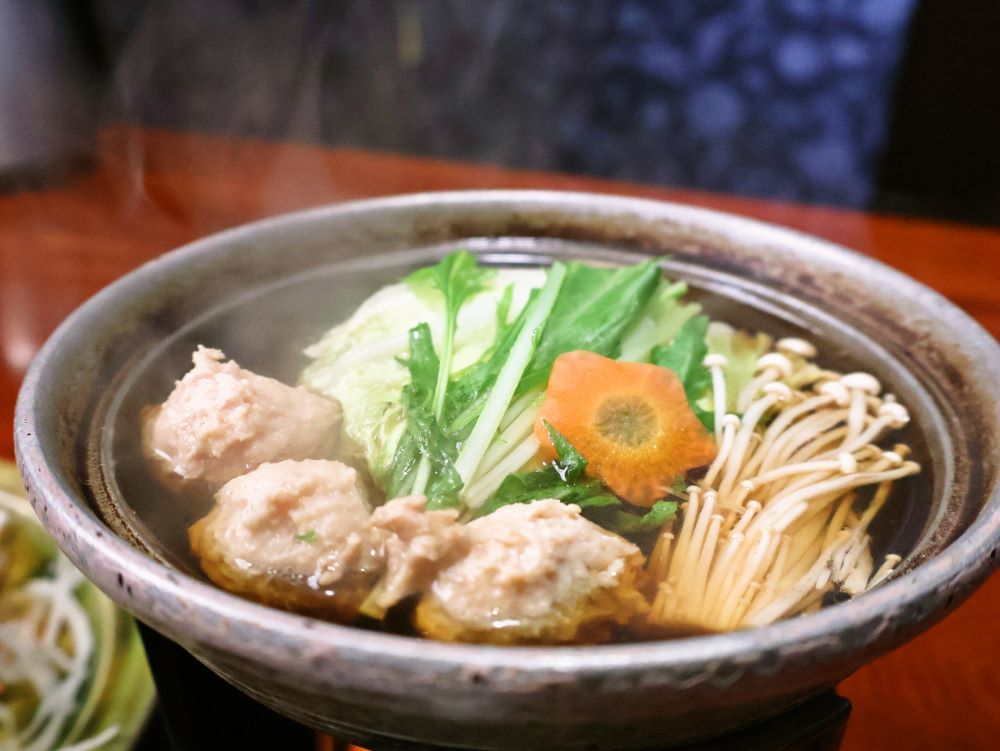
Over time, Chanko Nabe became a staple of sumo wrestler cuisine, and many sumo stables’ training facilities began to develop their own unique recipes. Today, Chanko Nabe is enjoyed by people all over Japan, and has become a popular dish in many Japanese restaurants.
Despite its association with sumo wrestling, Chanko Nabe is a dish that can be enjoyed by anyone. It is a healthy and delicious meal that is perfect for cold winter nights, and is often served at family gatherings and other special occasions.
Ingredients Used in Chanko Nabe
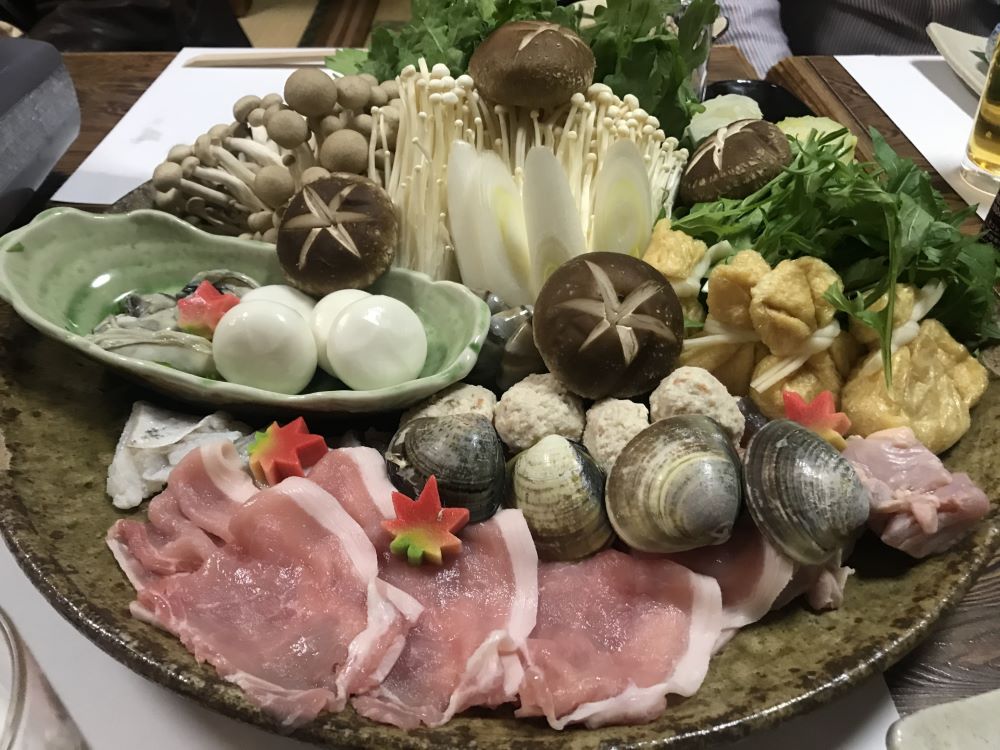
The dish is known for its high protein content and is often consumed in large quantities to help wrestlers gain weight. Here’s a few of the ingredients commonly used in Chanko Nabe:
- Chicken or Pork Broth
- Chicken or Pork Meatballs
- Tofu
- Daikon Radish
- Carrots
- Bok Choy
- Napa Cabbage
- Enoki Mushrooms
- Shiitake Mushrooms
- Green Onions
- Garlic
- Ginger
- Soy Sauce
- Sake
- Mirin
- Salt
- Sugar
The broth is the base of the stew and gives you the foundation of the dish. The meatballs are made from ground chicken or pork and are a good source of protein. Tofu is a vegetarian alternative to meat and is a good source of protein as well. Daikon radish, carrots, bok choy, and napa cabbage are all vegetables that are commonly used in Chanko Nabe. These vegetables add flavor and nutrients to the dish.
The mushrooms used in Chanko Nabe are enoki and shiitake. Enoki mushrooms are long and thin while shiitake mushrooms are meaty and have a rich flavor. Green onions, garlic, and ginger are used to add flavor to the broth. Soy sauce, sake, mirin, salt, and sugar are used to season the broth and give it a savory flavor.
How to Make Chanko Nabe

Chanko Nabe is a hearty and nutritious meal that is perfect for cold weather or after a workout. Here’s how to make it:
Ingredients:
- 1 lb chicken or pork, sliced
- 1 lb assorted vegetables (such as napa cabbage, bok choy, carrots, mushrooms, and onions), chopped
- 4 cups dashi broth
- 1/2 cup sake
- 1/2 cup soy sauce
- 1/4 cup mirin
- 1 tbsp sugar
- 1 block of firm tofu, cubed
- 1 bunch of scallions, chopped
- 1 tbsp sesame oil
Instructions:
- Heat sesame oil in a large pot or dutch oven over medium heat.
- Add sliced meat and cook until browned.
- Add chopped vegetables and cook until softened.
- Add dashi broth, sake, soy sauce, mirin, and sugar. Bring to a boil.
- Add cubed tofu and chopped scallions. Simmer for 10-15 minutes.
- Serve hot with rice and additional soy sauce or ponzu sauce, if desired.
It is a versatile dish that can be customized to your liking. Feel free to add or substitute any ingredients you prefer. Enjoy!
Variations of Chanko Nabe

Here’s a few of the most popular variations:
- Chicken Chanko Nabe: Made with chicken broth, this variation is lighter and less fatty than the traditional version. It typically includes chicken breast, tofu, and vegetables like cabbage, carrots, and mushrooms.
- Seafood Chanko Nabe: This variation features a mix of seafood like shrimp, scallops, and clams, along with vegetables like bok choy, leeks, and shiitake mushrooms. The broth is typically made with dashi, a type of Japanese stock made from dried fish and seaweed.
- Vegan Chanko Nabe: For those who prefer a plant-based diet, this variation replaces meat with tofu or seitan, and includes vegetables like sweet potatoes, daikon radish, and lotus root. The broth can be made with vegetable stock or kombu, a type of seaweed.
- Spicy Chanko Nabe: This variation adds a kick to the traditional recipe with the addition of spicy miso paste or chili oil. It typically includes meat like pork or chicken, along with vegetables like onions, garlic, and peppers.
These are just a few examples of the many variations of Chanko Nabe that can be found in Japan. No matter what your preferences are, there is a Chanko Nabe out there for you.
Famous Sumo Wrestlers Who Have Eaten Chanko Nabe
Chanko Nabe is a staple dish for sumo wrestlers, and many famous wrestlers and grand tournament champions have enjoyed it over the years. Here are a few notable sumo wrestlers who have eaten Chanko Nabe:
- Chiyonofuji Mitsugu: One of the greatest sumo wrestlers of all time, Chiyonofuji Mitsugu was known for his strength and technique. He was also known for his love of Chanko Nabe, which he often ate with his fellow wrestlers.
- Asashoryu Akinori: Asashoryu Akinori was a dominant sumo wrestler in the early 2000s, winning multiple championships and setting records. He was also known for his love of Chanko Nabe, which he often cooked himself.
- Hakuho Sho: Hakuho Sho is one of the most successful sumo wrestlers of all time, with over 40 championships to his name. He is also a fan of Chanko Nabe, and has even opened his own restaurant serving the dish.
These are just a few examples of the many sumo wrestlers who have enjoyed Chanko Nabe over the years. For these wrestlers, the dish is not just a meal, but an important part of their training and lifestyle.
Where To Stay In Tokyo
Tokyo visitor levels are currently at an all-time high so make sure to book your hotels early. Tip most hotels booked with booking.com have free cancelation so book as soon as you know your date and you can always cancel if you change your mind.





